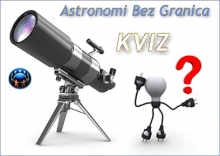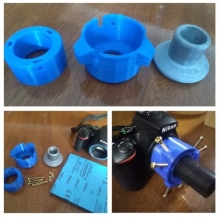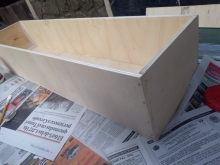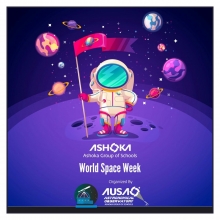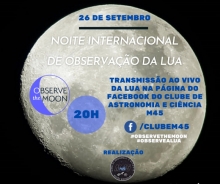Jupiter has been a source of wonder since Galileo first pointed his telescope at it on January 7, 1610. Galileo saw only three of Jupiter's four large moons that night but he spotted the fourth the next night. Galileo correctly surmised that they were satellites of Jupiter after watching their motions over several nights though he still referred to them as "stars." Today we refer to them as the Galilean moons of Jupiter. What would Galileo have thought of the detail we can see on the planet with even modest modern telescopes?
You can see Jupiter with the naked eye or you can grab a pair of binoculars or a telescope and see Jupiter’s moons. If you have a telescope, you’ll see Jupiter’s white-colored, cold ammonia ice zones mixed with darker belts of warmer currents.
Sky and Telescope have a fantastic resource Jupiter: An Observing Guide, which will help you with your observations. NASA has some great resources for the planets of the solar system including Jupiter. The image on the right is from the Cassini Spacecraft (credit:NASA/JPL/University of Arizona)
 If you have a small telescope you might like to take part in a citizen science project to developed for the International Year of Light. Measuring the Speed of Light with the Roemer Delay, for this experiment you will be observing the time of eclipses of the satellites of Jupiter, an observation which was first performed in 1675 by Ole Roemer.
If you have a small telescope you might like to take part in a citizen science project to developed for the International Year of Light. Measuring the Speed of Light with the Roemer Delay, for this experiment you will be observing the time of eclipses of the satellites of Jupiter, an observation which was first performed in 1675 by Ole Roemer.
On April 20, Io will be eclipsed by Jupiter at around 03:00 UT. So if this time is suitable for you, you should head outside and watch the eclipse through a telescope, and submit your observations.
Share your observations with us on Facebook, the Flickr group, or Tweet using #GAM2015 hashtag (@gam_awb).










